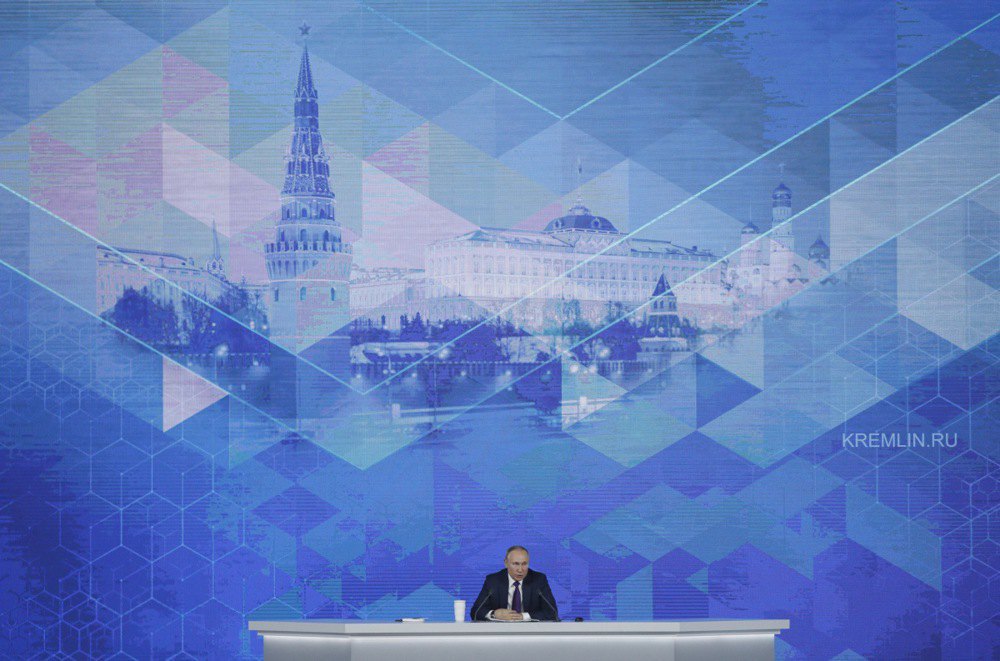
Russia’s attack on Ukraine in February 2022 stemmed from three underlying causes and one situational factor. The situational factor was the gap between reality in Russia and Ukraine and the Kremlin’s distorted perceptions. Decades of unchallenged power, the absence of opposition, and media censorship can create a skewed worldview for any dictator. Added to this were Putin’s psychological traits and prolonged isolation during the 2020 pandemic. It is not surprising that the Russian president reached the conclusions he did - about Russia’s invincibility, Ukraine’s artificiality, and the international community’s indifference to a major war. Illusions prevailed over reality.
The three key drivers of the full-scale invasion were:
a) Authoritarianism – the Kremlin’s effective use of external expansion to resolve internal problems (“a small victorious war” or “export of chaos”) and its willingness to continue this strategy, particularly in Ukraine.
b) Imperialism – the Kremlin’s ongoing efforts to reshape global power dynamics, its pursuit of a special role for Russia (“rising from its knees,” “a multipolar world,” and “we can do it again”), and its ambition to restore the empire, largely at Ukraine’s expense.
c) Great Russian chauvinism and Ukrainophobia – Putin’s personal animosity towards Ukraine, which he sees as a dangerous and successful model of democratisation and European integration, ultimately leading him to deny the very existence of Ukrainians (“Russians and Ukrainians are one people”).
The convergence of these three factors - focused on Ukraine - at a specific moment in time (the post-Covid era), combined with Putin’s illusions, led to his fateful decision to invade.
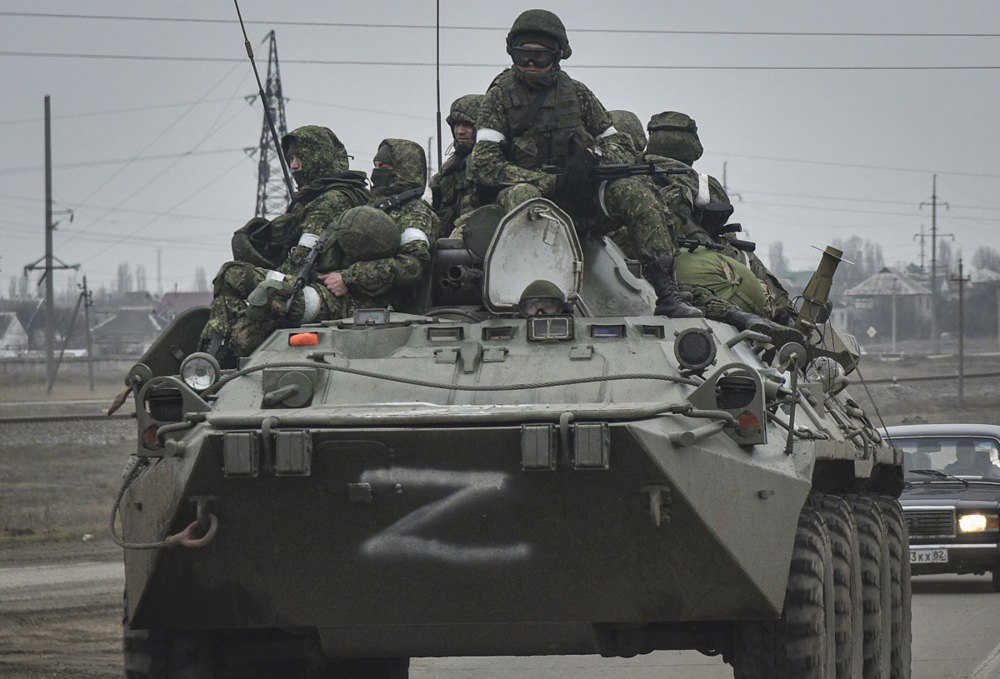
Authoritarianism: “A small victorious war”
Contrary to popular belief, Putin is concerned not only with elite loyalty but also with the approval of ordinary Russians. At least once in his career, he was forced to abandon a plan due to overwhelming public resistance - during the monetisation of benefits in 2004-2005. The high cost of propaganda and election fraud indicates that Putin values the appearance of popular support, even if it is manufactured. Whenever his approval ratings decline, the Kremlin moves quickly to reverse the trend - using both incentives and repression.
Using external conflicts to address domestic issues is an old strategy, not exclusive to dictatorships but also employed by democratic governments. The Kremlin, to its credit, has mastered this tactic to maximum effect.
The first instance of a “small victorious war” helped bring Putin to power. Shamil Basayev’s invasion of Dagestan in August-September 1999 may have been orchestrated by the FSB. On 16 August, Putin was appointed head of the Russian government. The FSB certainly organised the September bombings in Russian cities (“Ryazan sugar”), creating the pretext for launching the Second Chechen War on 30 September. This was the final piece of the plan: on 31 December 1999, Boris Yeltsin appointed Putin acting president. On 6 February 2000, Grozny fell, and on 26 March, Putin was elected president with a narrow majority (53%).
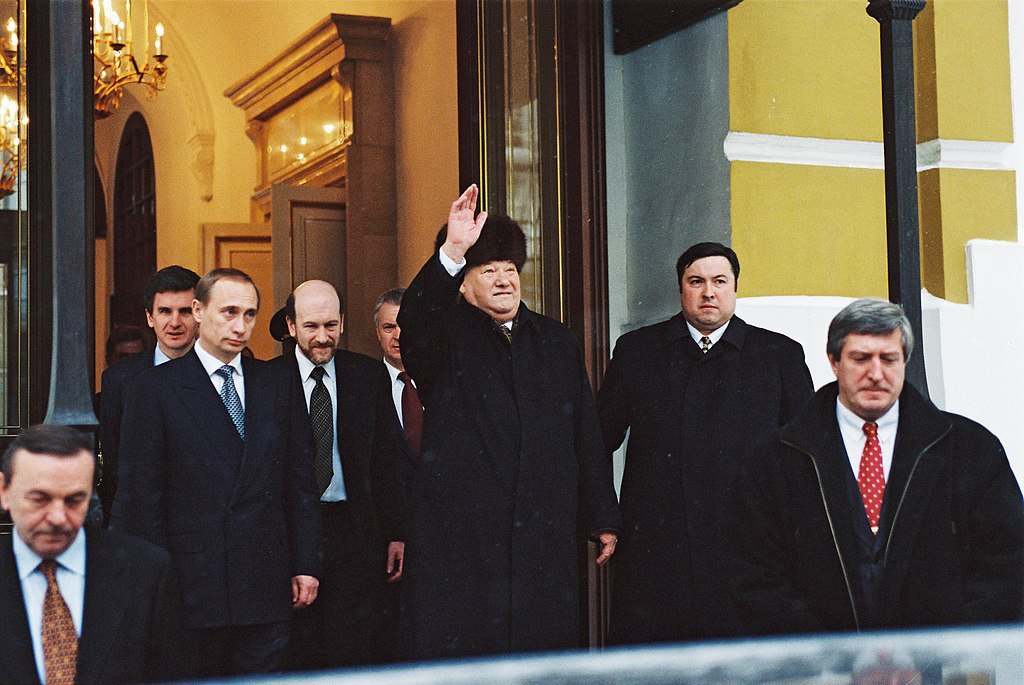
The Kremlin used the same tactic just two years later. By late 2002 and early 2003, Putin’s approval rating had fallen below the levels of his first year in office, and elections loomed for the still-uncontrolled State Duma. In September-October 2003, Russia provoked a conflict over Tuzla in the Kerch Strait. Ukraine’s firm stance foiled the provocation, but the Kremlin still gained domestically. Putin’s approval rating rose by 10%, United Russia secured 223 parliamentary seats, and the spoiler nationalist party Rodina won another 37, giving them an absolute majority in parliament.
The third instance occurred in 2008. In May, a major recession coincided with Putin’s replacement by Dmitriy Medvedev, albeit a puppet president. Over the previous nine years, oil prices had risen from around $20 to almost $140 a barrel, bringing ordinary Russians unprecedented prosperity. The end of this era naturally led to public frustration. To counter it, a war against Georgia was swiftly organised. In just five days in August, Putin’s approval rating surged by 13% - despite him serving only as prime minister. The war was considered entirely justified domestically, though its foreign policy consequences will be discussed later.
Another internal crisis arose at the turn of 2011 and 2012. In September, the so-called rokirovka was announced - Medvedev voluntarily withdrew from the presidential race in favour of Putin. In December, massive electoral fraud in the Duma elections triggered the Bolotnaya protests in Moscow. Why the Russians failed to overthrow the government is a separate discussion, but what matters here is that these were the most frightening days of Putin’s life.
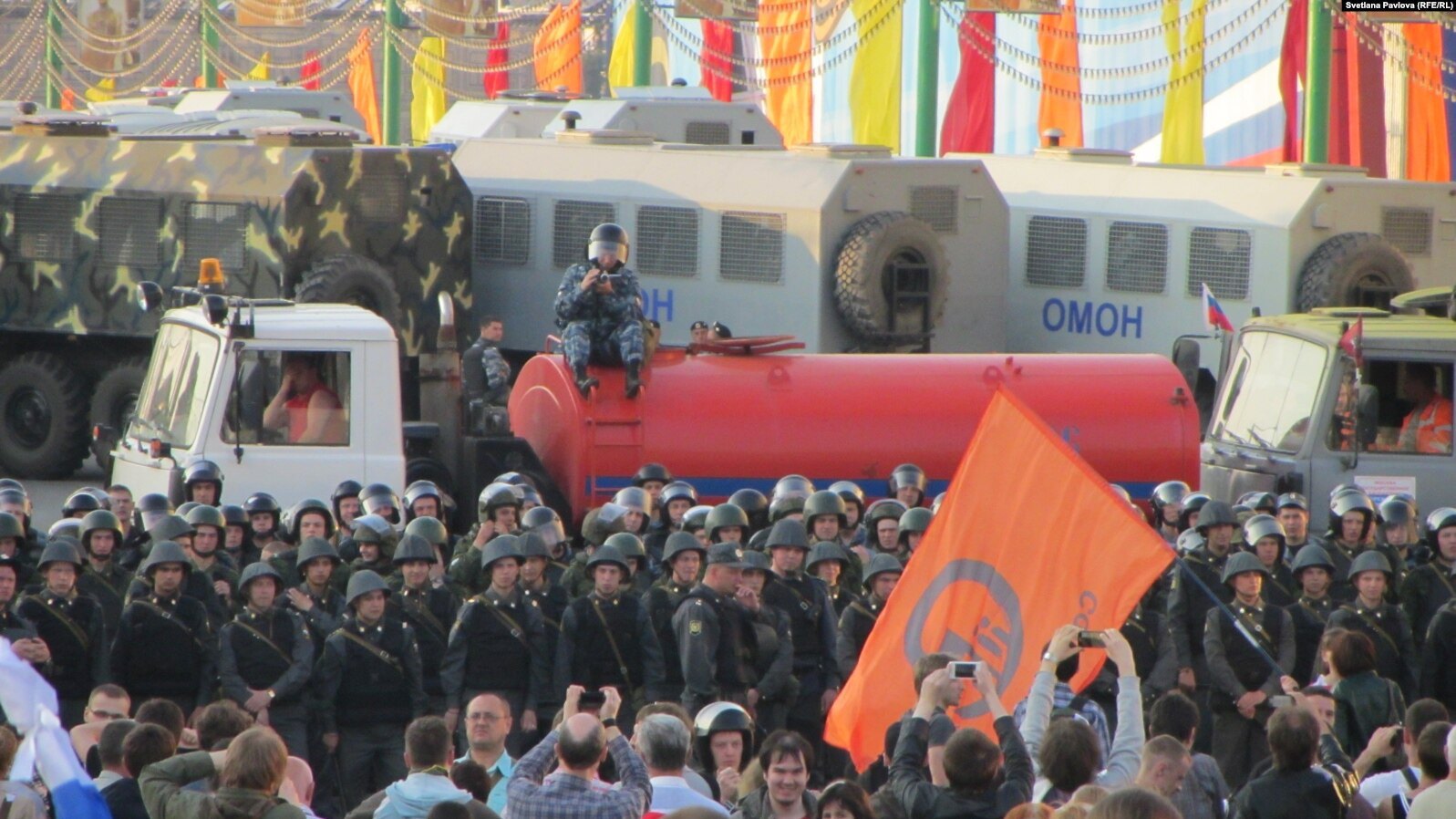
There is no documentary evidence, but many accounts suggest that the Russian dictator was deeply shaken by footage of Libyan leader Muammar Gaddafi’s execution on 20 October 2011. After watching the video of Gaddafi’s final moments, Putin became convinced of two things: losing power meant a gruesome death, and civil disobedience - especially “colour revolutions organised by the West” - was a direct path to such a fate. The Kremlin’s subsequent actions only reinforced this belief.
This crisis was so severe that multiple responses were needed. Some active protestors from the swamp movement were repressed, and the Sochi Olympics were pushed onto the public as a distraction. However, the Revolution of Dignity soon erupted in Ukraine, reigniting Putin’s worst fears.
To punish Ukraine and prevent similar events in Russia, Putin decided to annex Crimea in February 2014 - an unprecedented act in post-World War II Europe. The Crimean consensus propelled his approval rating to an all-time high of 86-88%. Buoyed by this success, the Kremlin instigated unrest in eastern Ukraine and, by August, launched open aggression in Donbas.
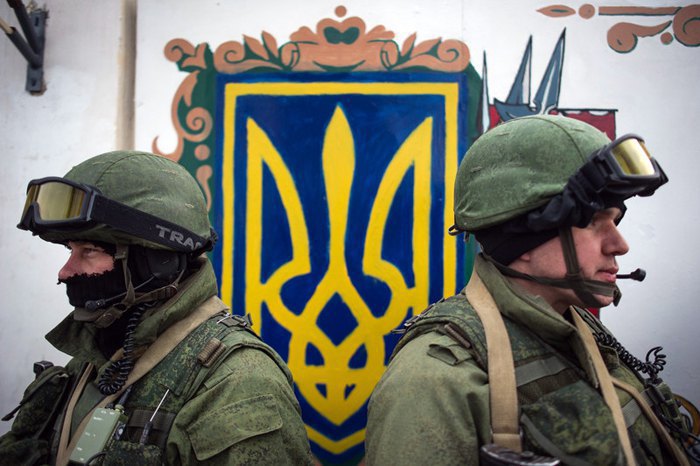
By 2018, however, the Crimean effect had worn off. The regime’s problems deepened due to economic downturns (as oil prices fell again), the devastating impact of COVID-19 (with at least one million deaths), and a legitimacy crisis triggered by the 2020 constitutional amendments.
By mid-2021, Putin had lost over 20% of his popularity. The only apparent solution was another war - this time, a large-scale one. Given the Kremlin’s view of Crimea and Donbas as successful operations, Ukraine was once again chosen as the target.
Imperialism: “Getting up from its knees”
Contrary to popular belief, Putin has not transformed from a banal, hedonistic, corrupt official into a global terrorist over the years of his presidency - he has always been one. For decades, analysts in Russia, Ukraine, and the West have been trapped by a harmful illusion about the nature of his dictatorship. They assumed that because young Putin had survived the disastrous 1990s, his ultimate goal as head of state was personal enrichment (the palace in Gelendzhik fuelled this perception).
In reality, however, Putin has displayed psychopathic tendencies from the outset, readily sacrificing Russian lives to achieve his objectives - from the infamous Ryazan sugar incident to Aleksey Navalnyy’s fate - without a shred of remorse. His lack of empathy was evident in disasters such as the Kursk submarine tragedy (2000), the Nord-Ost hostage crisis (2002), and the Beslan school siege (2004). The scale of his crimes has always depended on his resources and the anticipated response from the international community - or rather, the lack of one. As the Kremlin’s wealth grew over the decades, so too did the number of victims of Putinism.
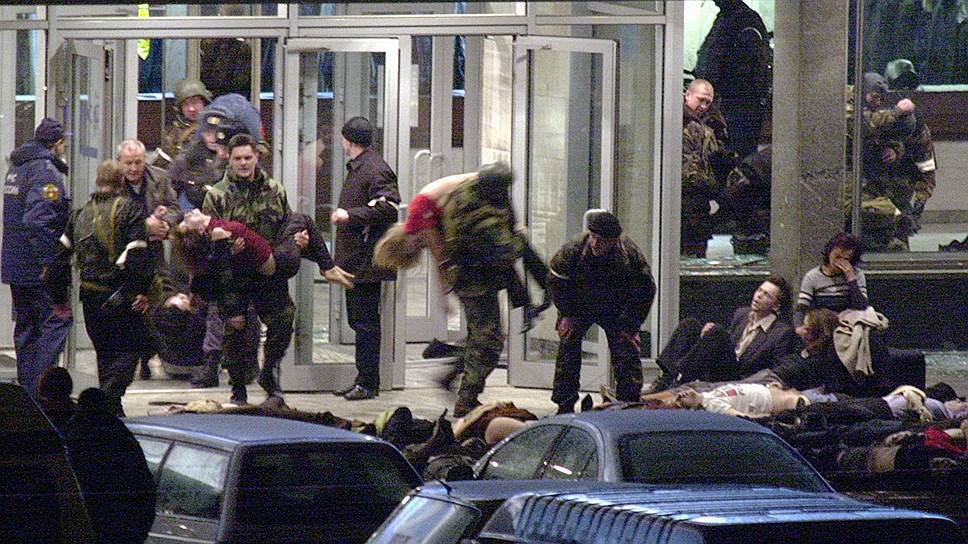
Similarly, Putin never aimed to restore the USSR - he never left it behind. While Russian society remained largely anti-Soviet, he had to masquerade as a democrat, reformer, and technocrat. In 1994, only 20% of Russians saw Stalin as the greatest historical figure, while 35% favoured Lenin. Unsurprisingly, in December 1999, Putin wrote in Russia at the turn of the Millennium that while the Soviet experience should not be dismissed outright, one must remember “the enormous price society and the people paid for this social experiment.”
However, the hardships of post-communist transition stirred up red resentment, prompting Putin to shift his rhetoric. By 2000, he had reinstated the Soviet anthem (albeit without lyrics), and in 2005, he famously declared the collapse of the USSR “the greatest geopolitical catastrophe of the twentieth century”. The phrase getting up from its knees, though used earlier by Yeltsin, gained widespread traction under Putin.
While Russia recovered from the 1998 default on the back of rising oil revenues, Putin initially pursued a balanced foreign policy. In fact, during the global war on terror, Russia positioned itself as a US ally: in 2001, it provided military support to the Northern Alliance, the Taliban’s main adversary in Afghanistan.
This brief period of cooperation ended in 2004 with NATO’s expansion into the Baltics and Ukraine’s Orange Revolution - events Putin saw as personal betrayals. With oil prices soaring to $120–140 per barrel (2006–2007), his retaliation was swift.
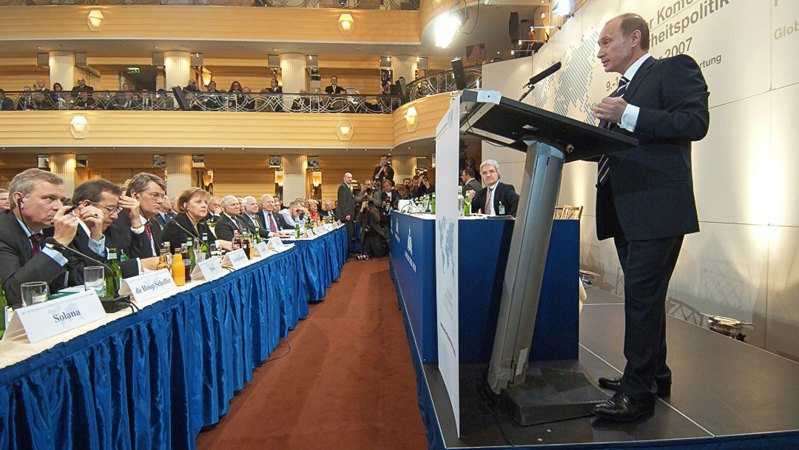
In 2007, Putin delivered his now-infamous Munich speech, marking the start of Russia’s latest expansionist phase. He denounced the crisis of the unipolar world and asserted Russia’s right to an independent foreign policy. The following year, he backed words with actions - the invasion of Georgia.
Yet, for newly elected US President Barack Obama, priorities lay elsewhere - issues like gender-neutral bathrooms in schools mattered more than Russian aggression. The Kremlin not only escaped sanctions but was rewarded with a reset in US-Russia relations. Between 2009 and 2015, American aircraft even transported military supplies to Afghanistan via Russian airspace.
Since Putin had faced no real consequences in Georgia, he had no qualms about using force against Ukraine in 2014. When the response proved inadequate, he escalated further, intervening in Syria (2015–2016). In reality, Russia’s involvement in Syria had begun earlier - with the supply of chemical weapons in 2013 - and continued until Bashar al-Assad’s downfall in 2024. Obama’s failure to enforce his own red line on chemical weapons and the rise of ISIS only strengthened Russia’s position. Far from being ostracised, the Kremlin remained a “respected partner.”
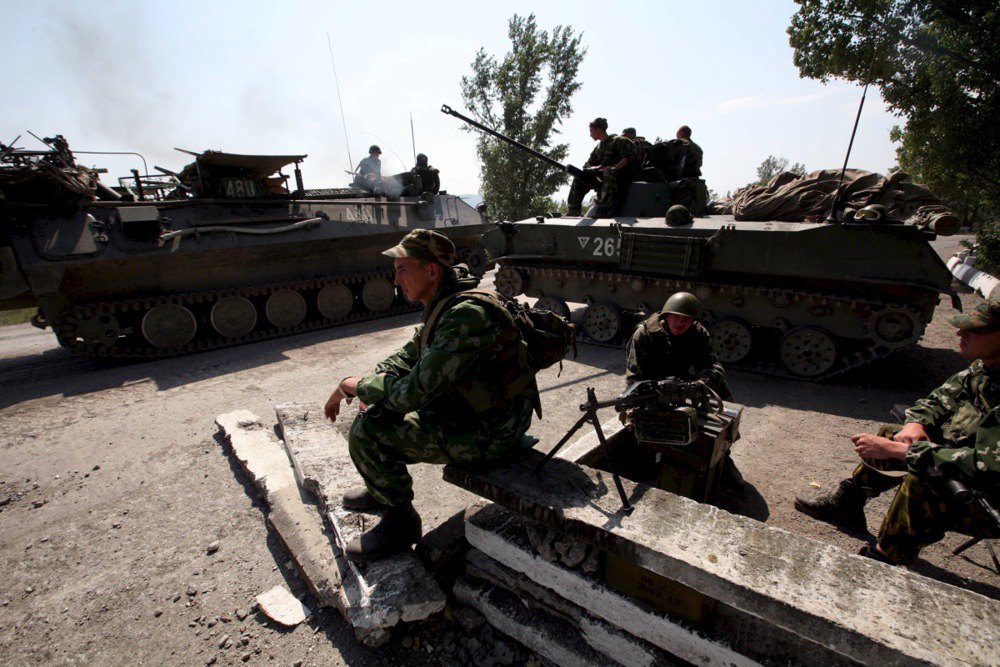
The situation changed under Donald Trump - the Americans attacked Shayrat with Tomahawk missiles in 2017 and used air power to strike Wagner Group mercenaries near Hisham in 2018. However, Joe Biden’s presidency (having previously served as Vice President under Obama) restored the previous state of affairs. Russia continued to act with impunity in Syria (as well as in eight African countries), while the United States withdrew from Kabul in disgrace, an event broadcast to the entire world.
By 2021, Putin felt confident enough to attempt the outright conquest of Ukraine. A clear indication of his final decision to attack came in June with the publication of his article, On the historical unity of the Russian and Ukrainian peoples. In December, he issued an ultimatum to the United States, effectively demanding the dismantling of NATO’s military infrastructure across Eastern Europe. A preliminary demonstration of Russia’s strength occurred during its intervention in the protests in Kazakhstan from 5 to 19 January 2022. The ultimatum was formally rejected on 26 January 2022.
From the Munich Speech to the 2021 Ultimatum, as well as Putin’s addresses on 21 and 24 February 2022 and the syllabus of the later university course Fundamentals of Russian statehood, the key tenets of the Putin regime and its demands for Russia’s place in the world can be identified.
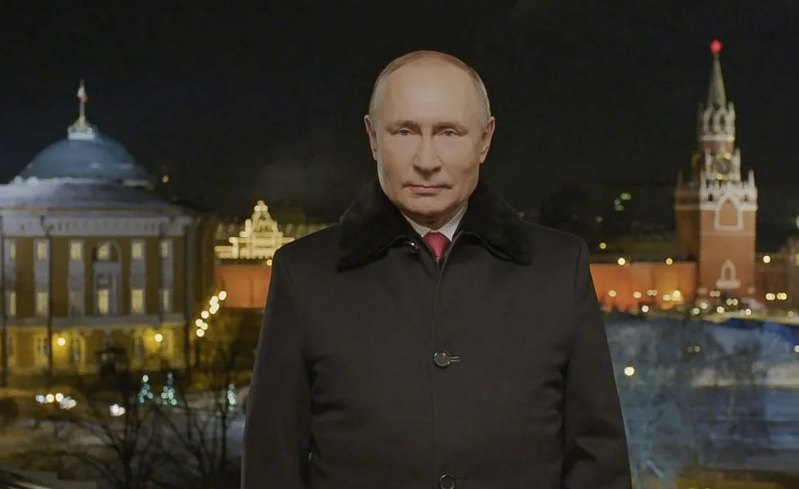
In essence, they can be summarised as follows:
a) Russia is a distinct state-civilisation, equal in status to the United States and China, with its own sphere of influence, which includes Ukraine.
b) Russia’s mission is to defend not only its own interests but also “world justice” by upholding the right to non-Western standards and so-called “traditional values.”
In practice, this meant a return to the First Cold War model, with a division between superpowers and satellite states. The only difference was the number of poles - this time, there were to be three: the United States, China, and Russia. The conquest of Ukraine was intended to be Russia’s final argument in securing its place as one of the three global power centres.
A successful takeover of Ukraine would:
- Establish Russia as the world’s second most powerful military force by expanding its armed forces.
- Define the boundaries of Moscow’s inviolable sphere of influence, weakening the United States and NATO’s positions in Eastern Europe.
- Position Russia as the leader of global anti-American sentiment while pushing the United States into yet another reputational crisis.
- Integrate Ukraine’s natural resources—from gas to grain—into Russia’s economy.
- Alleviate, if not resolve, Russia’s ethno-demographic crisis.
- Shift the balance of power in the European oil and gas market in Russia’s favour.
- Create conditions for the final resolution of the Crimean issue and the lifting of Western sanctions.
- Lay the groundwork for the formal revival of “USSR 2.0” on the hundredth anniversary of the first Soviet Union treaty.
Thus, while the Munich Speech merely proclaimed the resurgence of another Russian empire, the plan to “capture Kyiv in three days” was meant to make this empire a reality. Without control over Ukraine, any claim to equal status with the United States and China was impossible. And since neither the West was willing to accept Moscow’s ambitions nor Kyiv prepared to surrender without a fight, Putin resorted to the “last argument of kings.”
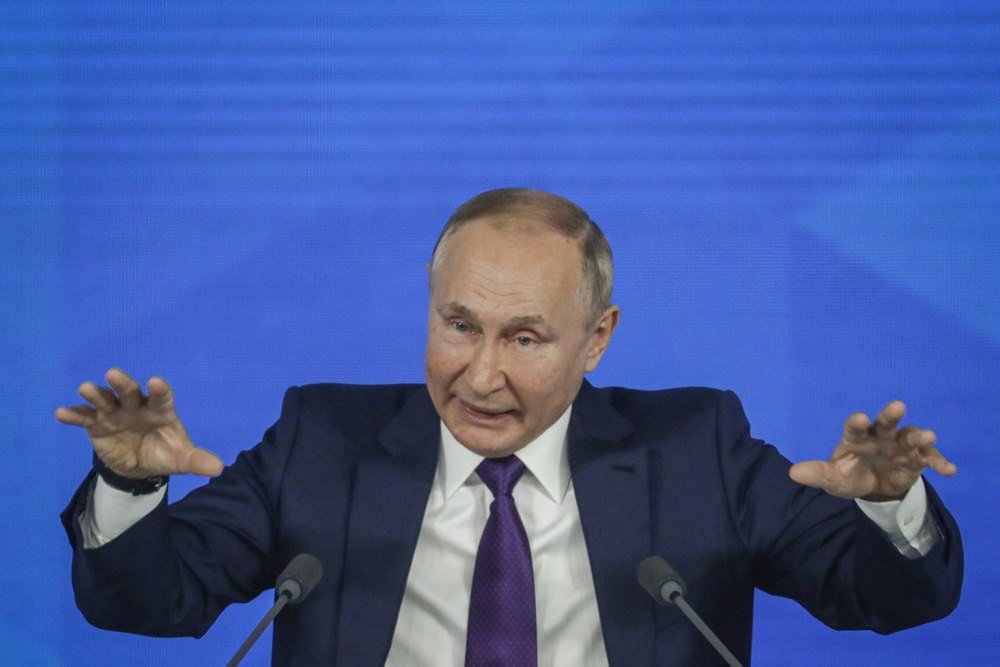
Great Russian chauvinism and Ukrainophobia: “One nation”
While Russia’s “small victorious wars” and “rising from its knees” could have targeted different countries, not necessarily Ukraine, the third reason for the Great War was directly linked to it. More precisely, Great Russian chauvinism has long been a Kremlin strategy, affecting various groups - Americans (as political aliens), gays (gender), Jews (ethnically), Muslims (both migratory and religious), and sometimes others. However, hatred of Ukrainians was deliberately cultivated in Russia.
In many former empires, the liberation of their largest colony or periphery triggered a powerful wave of revanchism. Just as Britain clung to Ireland for decades and France to Algeria, Russia has never accepted Ukraine’s independence. The Russian-Ukrainian Cold War over Crimea lasted from 1992 to 1997, and Moscow’s arrogance towards Kyiv has never faded. More importantly, imperial chauvinistic and Ukrainophobic sentiments were widespread not only among political elites but also among Russian citizens. Therefore, Putin had a solid foundation for his policies.
Putin did not immediately deny the existence of Ukrainians as a distinct people. In 2001, he congratulated the “multinational Ukrainian people” on Independence Day. From 2004, the phrase “brotherly Ukrainian people” became a fixture in his rhetoric, appearing in both congratulatory speeches and during the gas wars.
The 2004 Orange Revolution was a personal insult to Putin. Not only did Ukrainians reject the Kremlin-backed candidate, Viktor Yanukovych, but they also refused to follow Russia’s example and accept a “successor”. Popular uprisings had always been a source of resentment for the former KGB officer, and this time he was humiliated by prematurely congratulating Yanukovych on his victory. In response, Putin began exerting economic pressure on Ukraine.
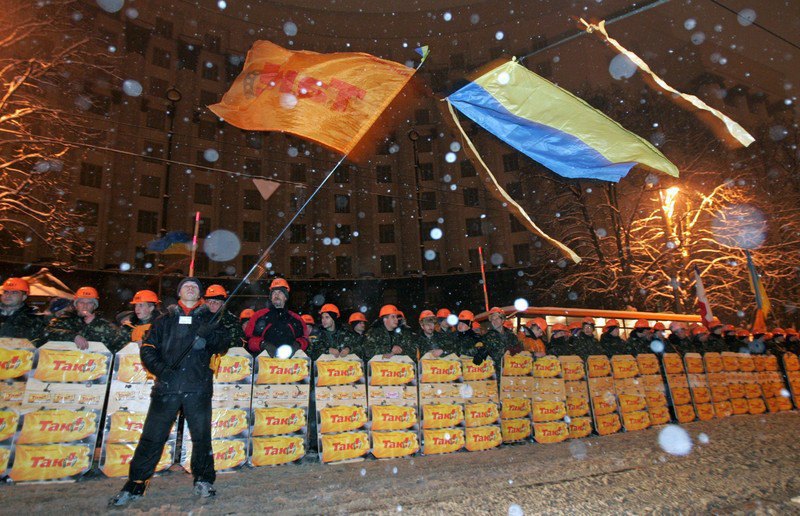
Yanukovych’s presidency only reinforced Putin’s views. On 27 July 2013, at the conference Orthodox-Slavic values – the basis of Ukraine’s civilisational choice in Kyiv, Putin bluntly stated - albeit with reservations - that “common spiritual values” made Russians, Ukrainians, and Belarusians “one people”.
The Revolution of Dignity in 2014 reignited Putin’s old grievances from Maidan 2004 and Bolotnaya 2011–12, turning his dislike of Ukraine into outright hatred. His response was the annexation of Crimea and the invasion of Donbas.
The hybrid war against Ukraine had multiple objectives:
- 1. To punish Ukrainians for ousting the Kremlin’s protégé for a second time, thereby restoring Putin’s macho image.
- To block Ukraine’s NATO accession, keeping it within Russia’s sphere of influence.
- To seize the key Black Sea port of Sevastopol, along with the Crimean shelf’s gas fields and pipelines.
- To demonstrate to Russians the negative consequences of colour revolutions.
- To provide Russian society with the satisfaction of “returning Crimea to the motherland” - one of the most significant imperial symbols - thereby mitigating the effects of the Bolotnaya protests.
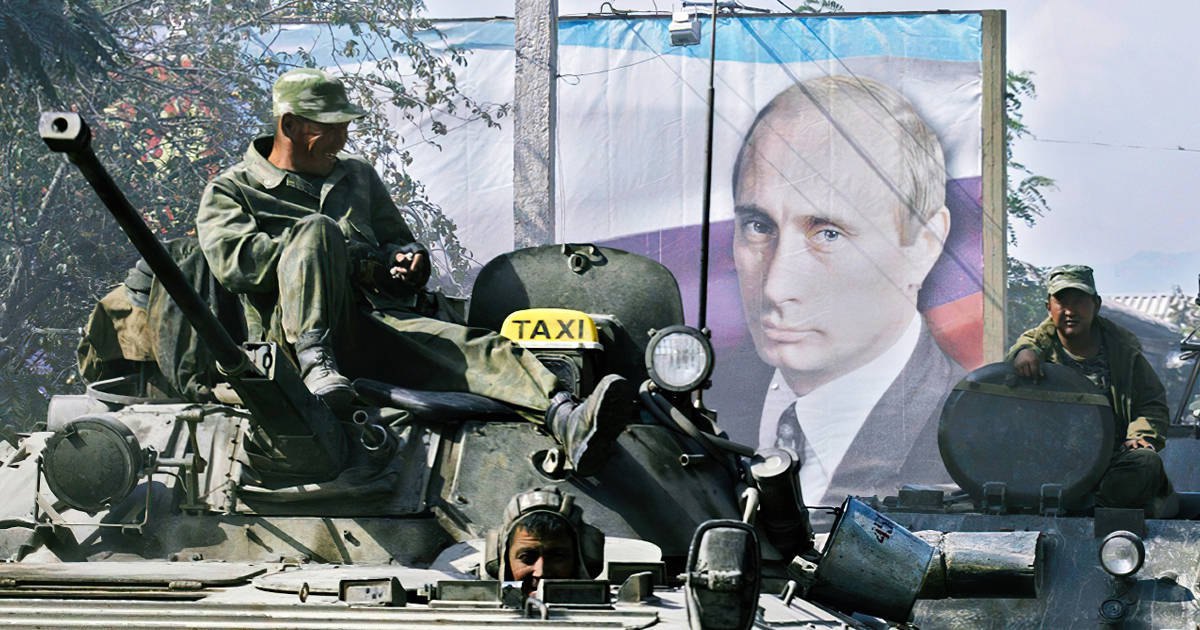
While most of these objectives were achieved, Russia was not yet ready for a full-scale war. Instead, Putin sought to fuel internal instability in Ukraine, attempting to force Kyiv to reintegrate Donbas under Kremlin terms - with Russian as an official language and a veto on NATO membership. While waiting for the Maydan government to collapse, Putin maintained a facade of friendliness, referring to Ukrainians as a “brotherly people” in all his speeches from 2014 to 2019. However, even then, he frequently used the phrase “one people”.
Volodymyr Zelenskyy’s victory in the 2019 elections should have softened Putin’s stance. The new Ukrainian president had previously emphasised the need for negotiations with Russia and appeared less radical than Petro Poroshenko. However, at the St. Petersburg International Economic Forum on 7 June 2019, Putin did not refer to Ukrainians as a “brotherly people”. Instead, when mentioning both Ukrainians and Belarusians, he declared: “History has developed in such a way that we are one people, and I believe that Belarusians, Russians, and Ukrainians are one people”.
In a 20 February 2020 interview with TASS, Putin dismissed Ukrainian objections to being equated with Russians:
“I have said many times: I believe that we are one and the same people”.
“Ukrainians do not like it very much”.
“I do not know whether they like it or not, but if you look at reality, it is so”.
Putin continued to assert this claim. His 2021 article has already been mentioned, and in his speeches on 21 February and 30 September 2022, he emphasised that Ukraine’s population is “our relatives” and “a native part of our single people”.
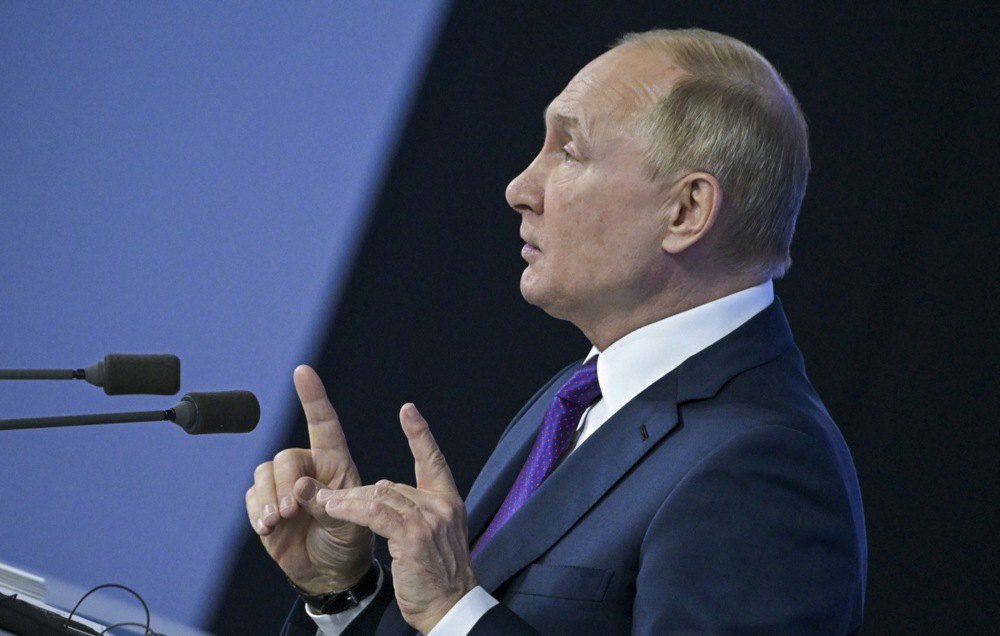
Thus, Putin’s Ukrainophobia rests on two pillars, each with personal and institutional dimensions.
As a de facto dictator, Putin resents Ukraine for its success in democratisation, European integration, and nation-building - setting an example for the opposition, tempting the lower elite ranks, and disrupting the uniformity of Russian public opinion.
As a dictator by nature, he cannot forgive Ukrainians for humiliating him - by overthrowing Yanukovych, twice.
As an imperialist leader, he understands that no “Great Russia” is possible without conquering Ukraine.
And as an ideological invader, he may sincerely believe in a divided “triune Russian people”. But if not, he at least hates the “Anglo-Saxons” and “Banderites,” whom he blames for all of Russia’s misfortunes.
Conclusion
The truth is, the past 20 years of Putin’s rule have only reinforced the validity of his chosen path: small victorious wars to appease the masses, “rising from its knees” on a global scale, and state chauvinism combined with Ukrainophobia. Russia won time and again, Ukraine retreated, and the United States and Europe largely turned a blind eye to the Kremlin’s destruction of the world order and its aggression against neighbouring countries. Thus, the dictator had every reason to believe that this time, too, events would unfold in his favour.
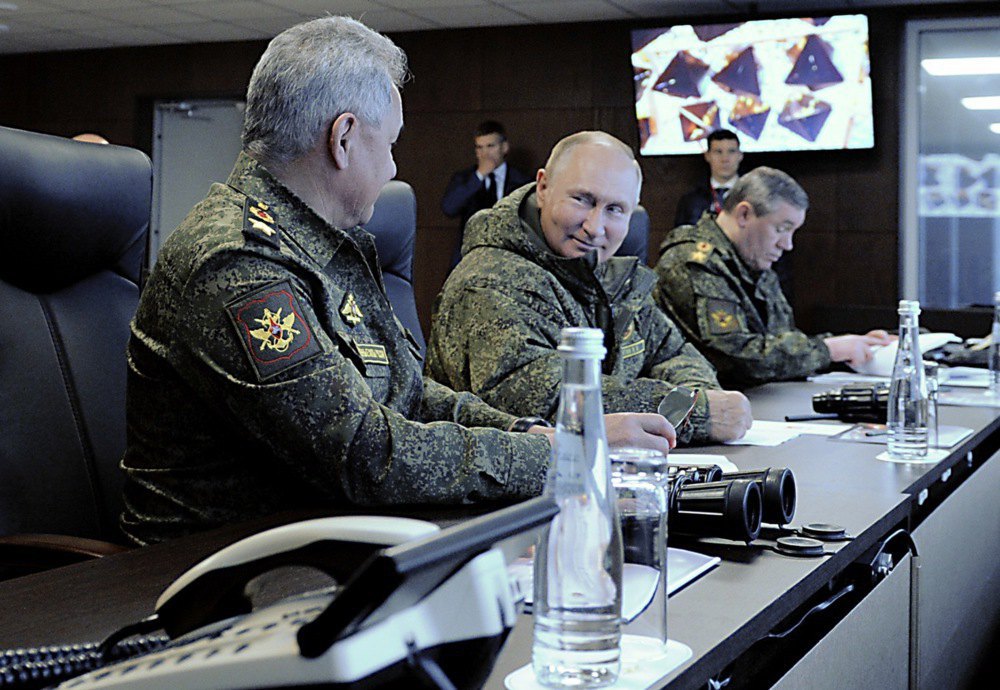
Taking Kyiv in three days would not only have been Putin’s greatest personal triumph but also Russia’s most significant achievement since 1953.
First, the next domestic political crisis would have been postponed for another decade or two. Russians would have forgiven Putin absolutely everything in exchange for the seizure of the “mother of Russian cities” - permanently. The dictator himself could have revived a new USSR and ruled over it while passing control of the Russian Federation to his successor.
Secondly, the world order would have been completely dismantled, allowing the authoritarian axis of Moscow-Beijing-Tehran-Pyongyang to dominate over a confused and fragmented democratic West. While the Kremlin would not return to dividing the world into two spheres as it did in the 20th century, securing a role as one of three global power brokers would have been a considerable victory.
And thirdly, the demographic decline and extinction of ethnic Russians would have been halted for many decades, delaying the transformation of Orthodox Russia into an Islamic “Rusistan”. The fact that this would also mean the erasure of the Ukrainian (and eventually Belarusian) nation would only have served the Kremlin’s interests.
Few despots could resist such a temptation. This means that unless Putin’s regime is dismantled and Russia is transformed into a normal state, Ukraine will remain in danger - even after a ceasefire is signed.
Because the same forces that triggered one war will inevitably lead to another.
And we must be prepared.







